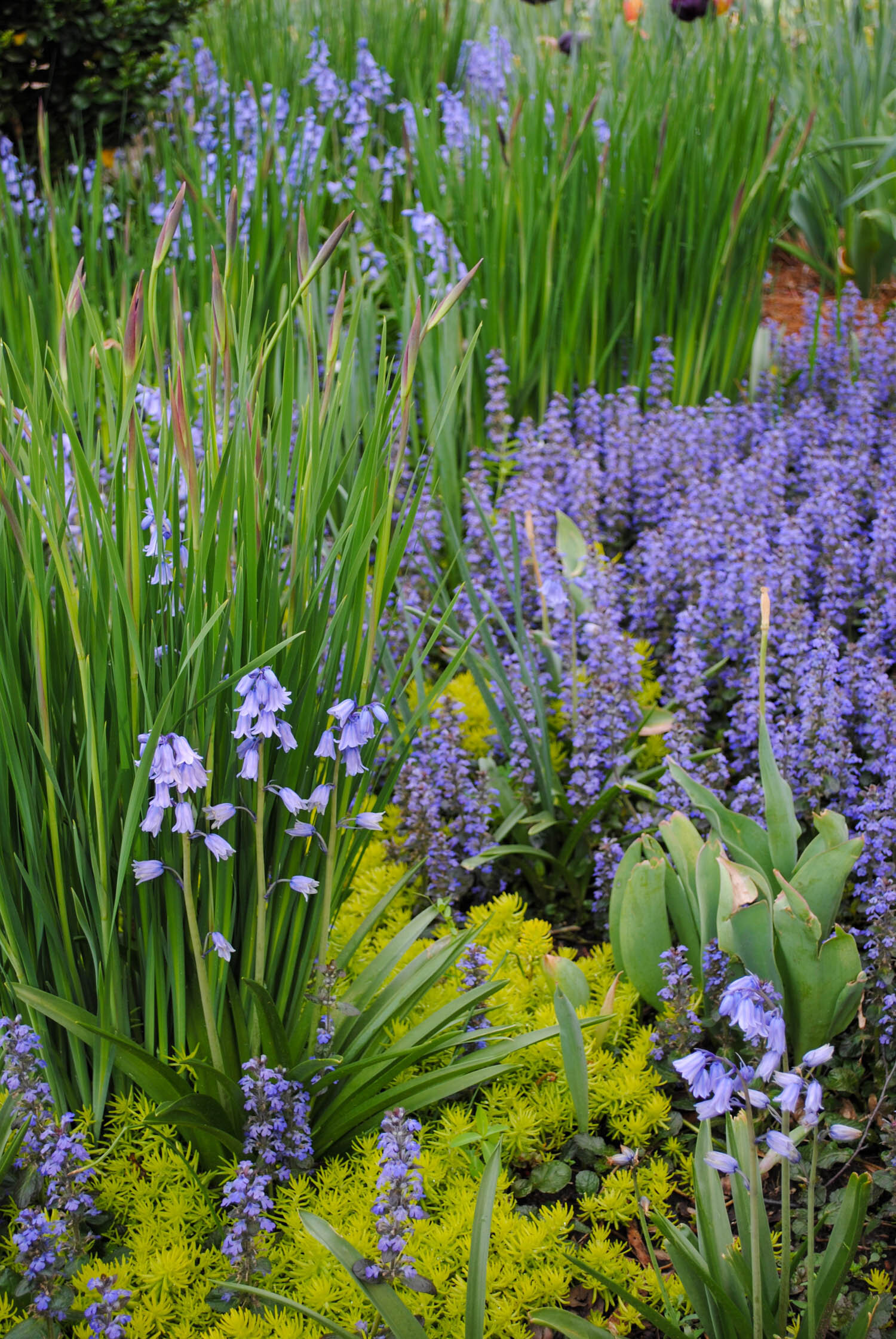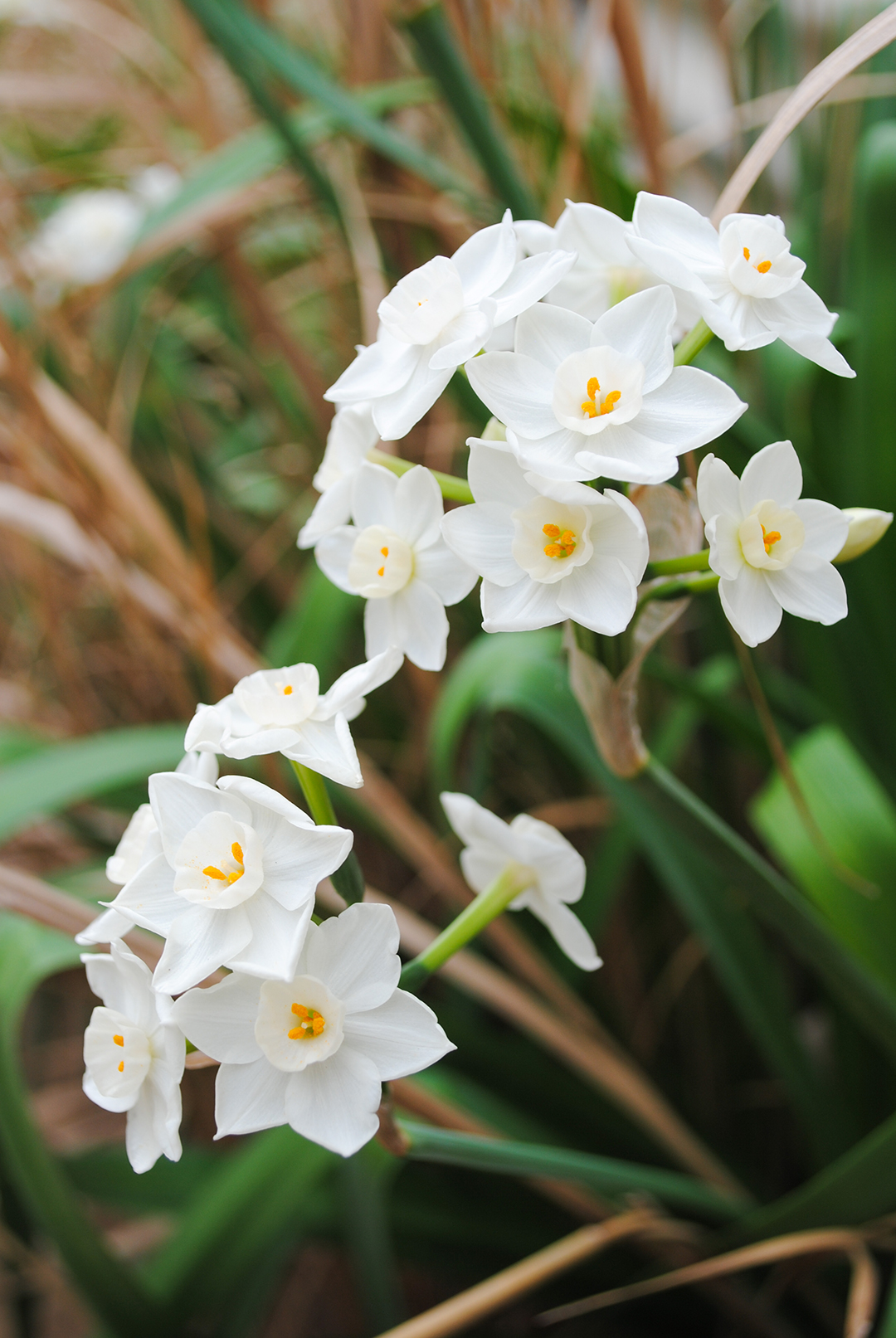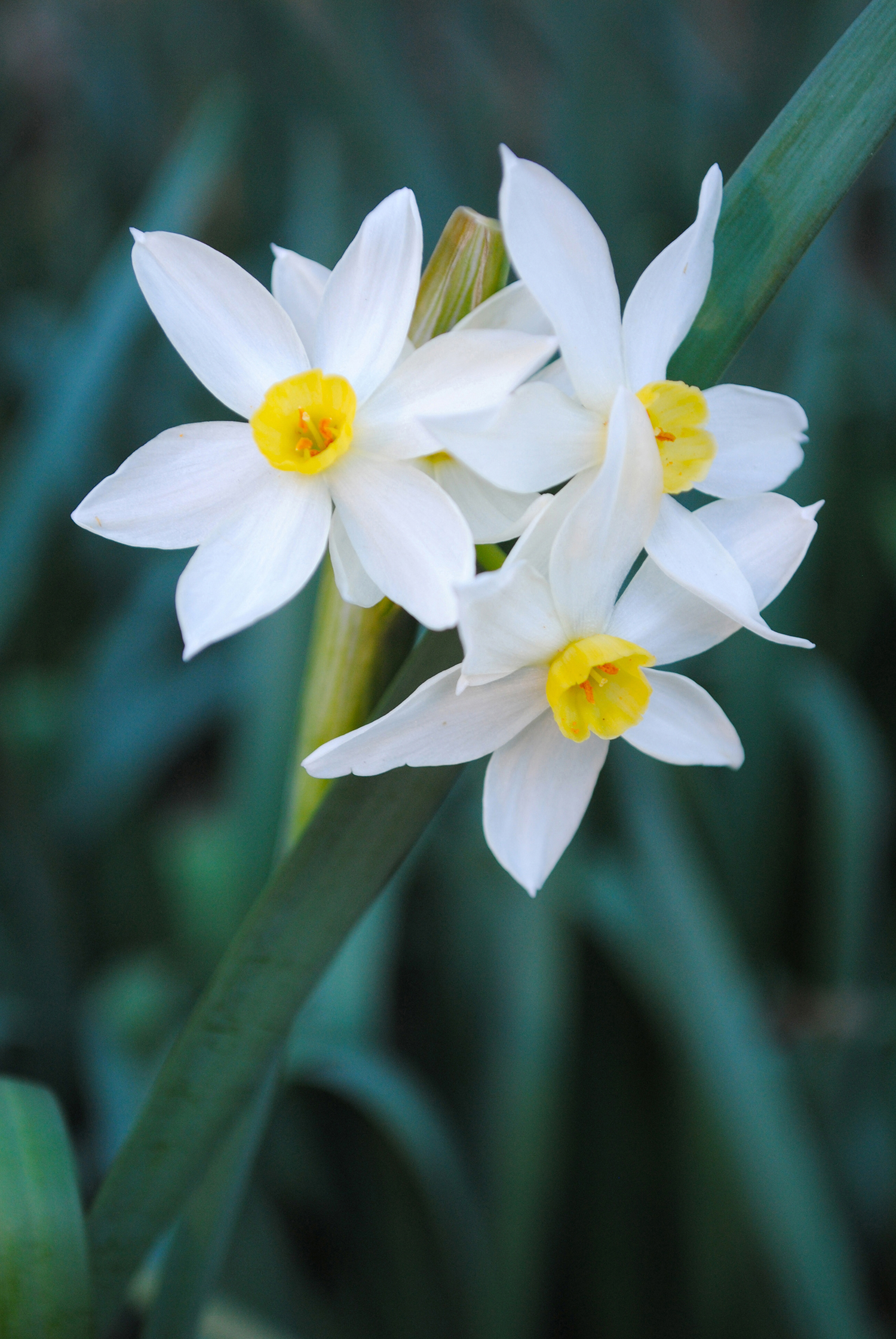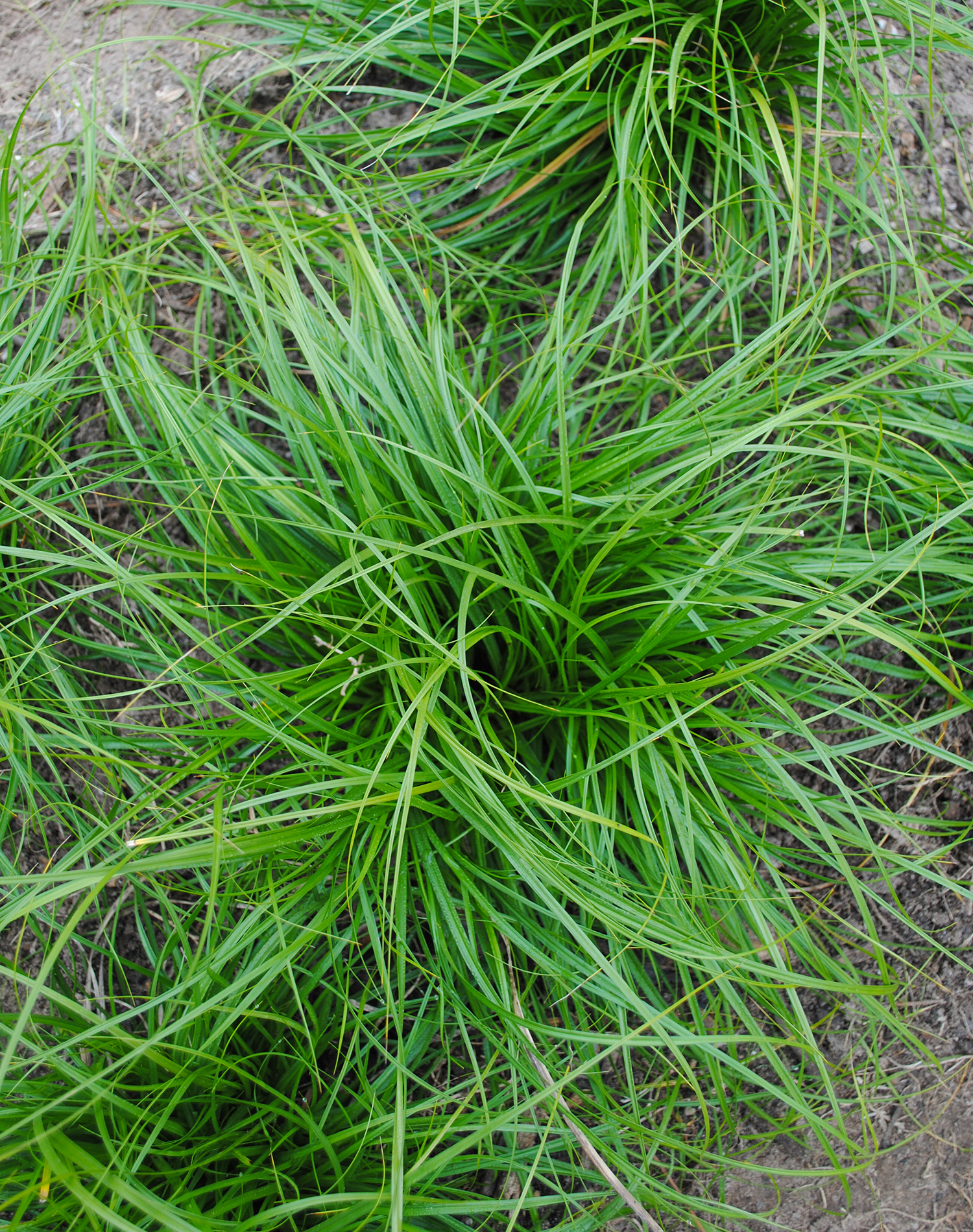Last year for Easter, I shared about a wonderful trip that I took to the North Carolina mountains back in 2011 over this holiday. The highlight I shared was visiting the virgin forest Joyce Kilmer Memorial Forest on Easter morning. But, the weekend had other forays, too.
That year, Easter fell on April 24, the second latest date that Easter can be (April 25 is the latest). Colleagues had told me that the fourth weekend in April was one best times to visit Biltmore because the last of the tulips overlapped with the first of the azaleas.
If you aren’t familiar with the Biltmore estate in Asheville, North Carolina, it is an incredible place to behold. It was once home to George Vanderbilt, and the house is the largest private home in America with over 170,000 square feet! Frederick Law Olmsted designed the grounds and gardens for Vanderbilt as one of his last large projects, and Olmsted even encouraged him to grow trees. From that prompt Vanderbilt started one of the first forestry programs in the United States. While the house holds the history of the family, the gardens holds a plethora of plant delights.
In planning the weekend, I decided that visiting Biltmore early Saturday morning would fit best into the schedule because the crowds would be small. Then, I could do wilderness jaunts the rest of the weekend. I hope you enjoy this eye candy as I relive a weekend at the Biltmore estate through this photolog.
I chuckle reflecting back on my handful of visits to Biltmore because I haven’t made it through the house yet. For me, the gardens are what continually capture my attention.
One of my favorite views at Biltmore is near the house looking out to the distant mountains across a vast forest. This visit the vista was a bit obscured by clouds, but the gray skies helped reduce the harsh shadows for better photography.
Up closer to the house, I admired the large Wisteria on the arbor. Yes, I know the Asian species are quite invasive, and I always recommend planting Wisteria fructescens or Wisteria macrostachya. But, still, it was spectacular seeing this behemoth of a planting.
As I made my way toward the walled garden and tulip display, I passed by a beautiful mass of Hyacinthoides hispanica under this Fagus in the shrub garden.
I reached the walled garden and was mesmerized by the tulip displays. Warm pastels were surrounded by dark purples, and in the center a ring of white and black tulips provided contrast. With all the oval flowers it was like an Easter egg hunt on steroids!
The arbor in the above image had these windows that created vistas for looking out into the garden.
A shot from the west side of the arbor. In the distance you can see the wall that gives the walled garden its name. The perennial borders that surround the color beds were also coming to life. Each time I visit here I always enjoy seeing the combinations the gardeners have made.
In the perennial borders, I quite liked this contrasting color combination of yellow with purple, tending toward the side of blue, flowers
A clump of Hyacinthoides hispanica emerges from a layer of Stachys byzantina.
White was a popular color used on the edges of the walled garden. Here a single flower of Lamprocapnos (Dicentra) spectabilis ‘Alba’ rests on foliage.
It was such good design to elicit harmony and repetition by pairing these similar-looking yet opposing inflorescence growth habits of this Wisteria and Baptisia.
Paeonia lactiflora 'Krinkled White' living up to its namesake with the white handkerchief petals.
On my way out of the walled garden, I passed this incredible Halesia. I so admire silverbells for their brilliant white flowers that sway in the breeze.
Leaving the walled garden and conservatory area, I entered the azalea garden. It was erupting with color during my visit.
While I like the evergreen azaleas, I really love the native ones. There’s just something about their flowers that makes me weak in the knees. These plants are magnets for early season butterflies like swallowtails. My jaw dropped seeing these massive Rhododendron austrinum plants.
A closeup of the flowers of Rhododendron austrinum
Rhododendron canescens was a favorite of mine from back in west Tennessee, and I was impressed seeing such large shrubs here at Biltmore. They smell great, too!
Rhododendron canescens is often confused with Rhododendron periclymenoides, but Rhododendron canescens has gland-tipped hairs on the corolla tube; Rhododendron periclymenoides does not.
This visit was my first encounter with Rhododendron alabamense. This species can be identified by its white petals, yellow blotch, and lemon fragrance.
Another species I was delighted to find was Rhododendron vaseyi, a rare and at risk native azalea that occurs in 11 counties in North Carolina. I had seen it on the Blue Ridge Parkway, and here I happened upon it in the garden.
There were other azaleas I didn’t know, likely hybrids or good wild selections. I LOVE this color form. Please send me a message if you know the cultivar!
Further back from the azaleas I found a wilder area of the garden where Asarum canadense was able to form large colonies.
Osmundastrum cinnamomeum fiddleheads unfurl amongst a matrix of green, Packera, and Hyacinthoides.
A closeup of the pubescent fiddleheads of Osmundastrum cinnamomeum.
One last look at the beauty of the Biltmore gardens. Yes, mid-April is an incredible time to visit for inspiration and to witness the marvels of spring.


















































